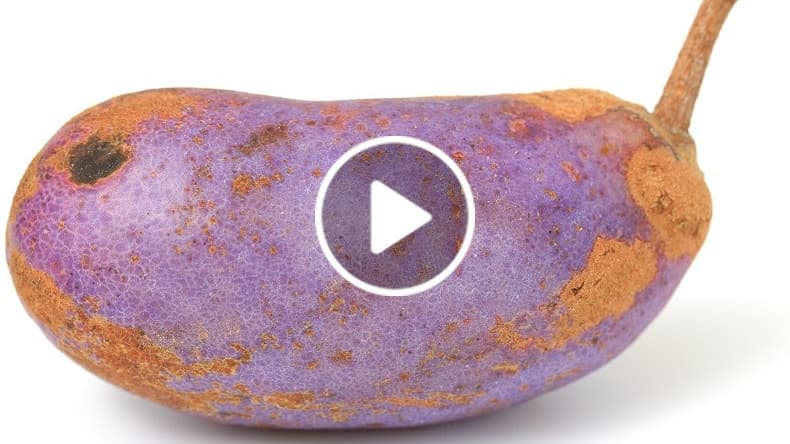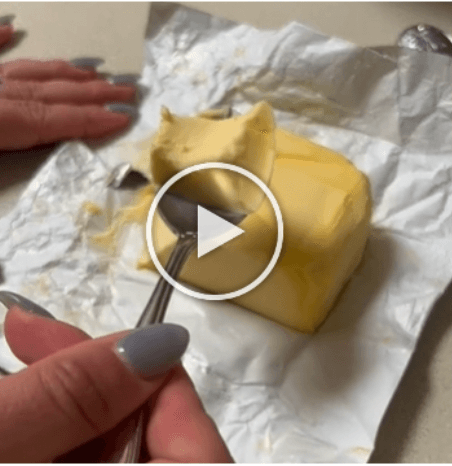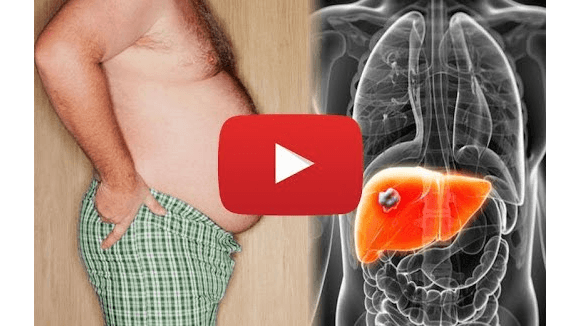Reverse Insulin Resistance Once and For All
The diagnosis of insulin resistance necessitates a shift in how we manage our diet and health. Unlike previous methods that might have worked in younger years, reversing insulin resistance involves understanding three crucial principles.
Traditional dieting often emphasizes the importance of calories. However, insulin has a more direct impact on managing fat stores. Instead of focusing on the intake and output of calories, reevaluate dietary habits through the lens of insulin production. Insulin instructs the body whether to store energy in liver, muscle, or fat cells, rendering it a pivotal factor in weight management.
For individuals not affected by conditions such as Type 1 diabetes, it's important to understand that while insulin isn't inherently the enemy, its excessive production exacerbates fat storage. Unlike calories, tracking insulin levels provides a clearer insight into potential weight fluctuations.
Carbohydrates cause the largest insulin spikes, whereas fats cause minimal increases. A diet rich in fats not only minimizes insulin production but also maximizes energy efficiency per calorie consumed. This approach catalyzes metabolism against the typical backdrop of high insulin levels.
The timing of meals affects insulin levels profoundly. Eating earlier in the day and syncing meals with natural light cycles controls hormonal responses guessed by natural glucose cycles. Eating after sunset elevates the cost of fat storage, particularly for individuals with insulin resistance.
Creating a large gap between the final meal of the day and bedtime positively impacts insulin sensitivity the following day, promoting better long-term health outcomes.
Precise measurements are critical to implementing these rules. While insulin itself provides valuable metrics, measuring glucose and ketone levels offers a practical alternative. This combination simultaneously indicates insulin levels and their impact.
Dr. BOS ratio, calculated by dividing glucose by ketones, directly informs insulin's role without multiple tests throughout the day. The best measurement time is in the morning to ensure data accuracy.
Low Dr. BOS ratio indicates lower insulin levels, enhancing fat metabolism efficiently without stressing over complex dietary regimes.
From Around The Web
Wellness Inbox is a blog & weekly newsletter that curates trending news and products related to health and wellness from around the web. We also gather content from various sources, including leading health professionals, and deliver it directly to you.
Please note that we may receive compensation if you purchase any products featured in our newsletter. Wellness Inbox is not affiliated with, nor does it endorse, any health professionals whose content may appear in our newsletter. The information provided is for general informational purposes only and should not be considered medical advice.
The information provided is not intended to replace professional medical advice, diagnosis, or treatment. All content, including text, graphics, images, and information available is for general informational purposes only. We do not guarantee the accuracy or completeness of any information presented and assume no liability for any errors or omissions. The content is subject to change without notice. We encourage you to verify any information with other reliable sources and consult your physician regarding any medical conditions or treatments.







